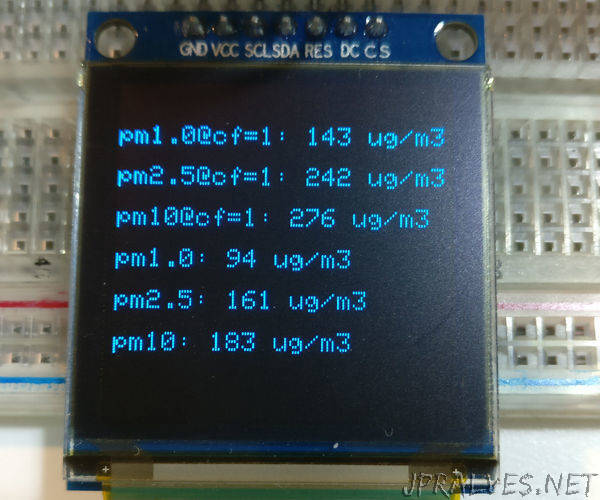
“Im especially interested in air pollution levels, because I live in China and while my city, Shenzhen, is probably one of the cleanest cities in China, it still has its bad days.
So, I wanted to build my own to compare to the half-a-dozen air quality monitor apps I have on my phone. Why do I have so many? Because the reported levels are sometimes incredibly different and unreliable (maybe due to their different monitoring locations)—the two screenshots above were taken at the same time. Additionally, I wanted to be able to measure PM 1.0 in my indoor environment.
Particulate Matter (PM) are microscopic liquid or solid matter floating around in the air. Besides being able to impact the environment, they also adversely affect our health!
PM 2.5 and PM 10 are generally the concentration sizes that are measured by agencies and governments around the globe, so many people overlook PM 1.0. But its also important to measure this particulate matter size, because its more dangerous. The smaller the PM, the greater the chance it can sneak into the lungs and bloodstreams.
If you’re interested in monitoring the PM levels around you, build an air quality monitoring station. There are plenty of other applications for a PM sensor including creating a smart air filter, integrating one into your weather station, create a warning system if youve forgotten to change your air filter in the A/C unit and save some energy costs
This short little how-to will set you up with example code that will let you monitor PM 1.0 levels in addition to PM 2.5 and PM 10.0. I use an OLED display to show the sensors data. Coincidentally, I organized this project when the pollution was at an alarming level for Shenzhen—not uncommon during the winter—but usually, it’s much, much better than this.”
